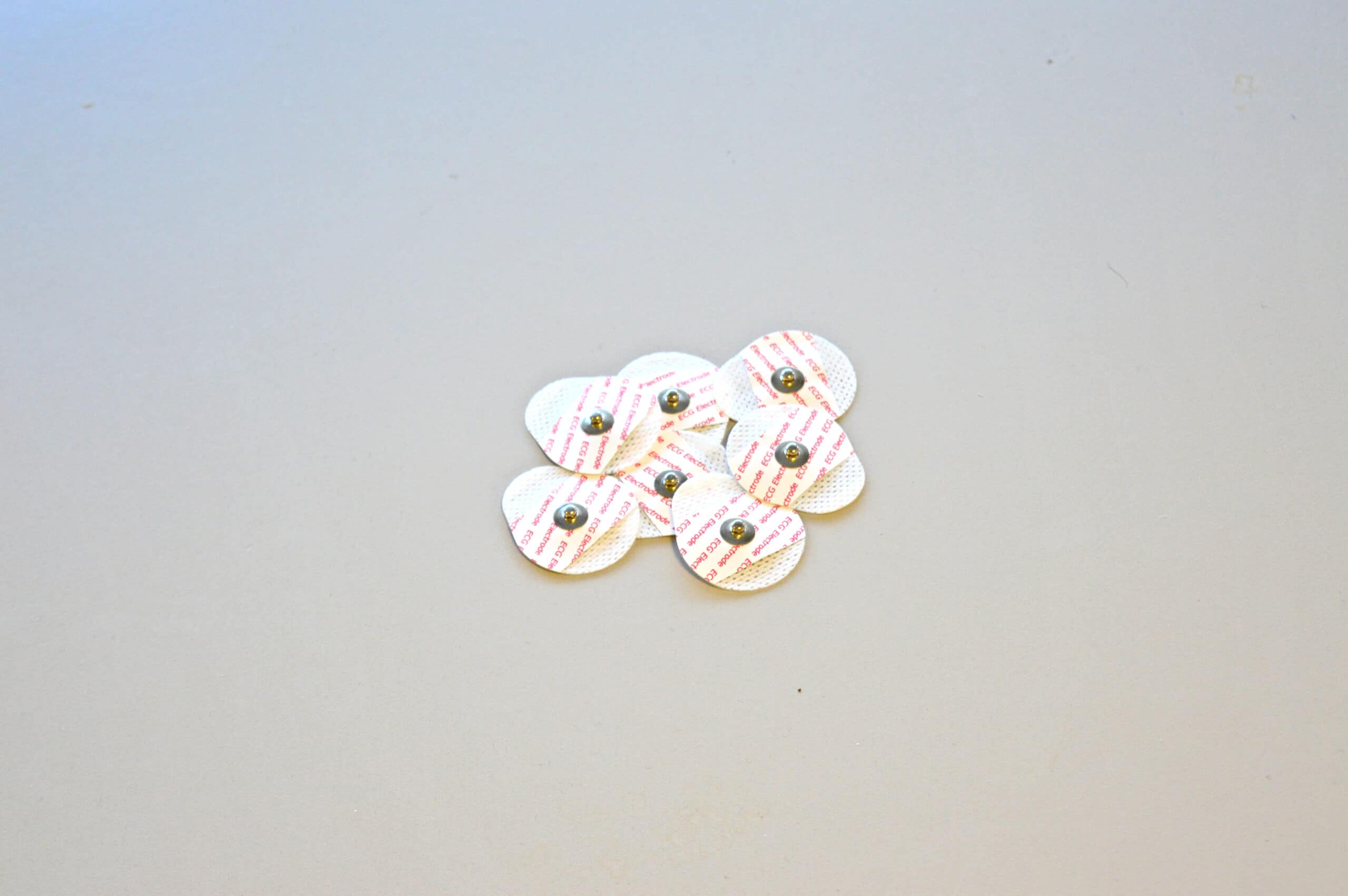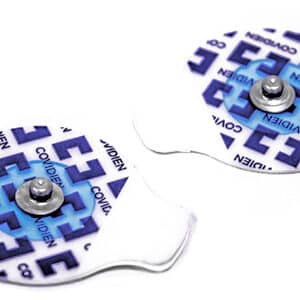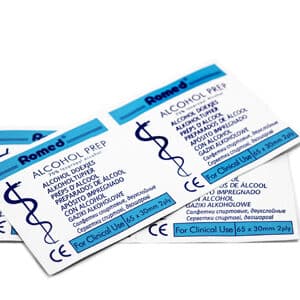€190
EDA Electrodes
AccessoriesCompatible with the Shimmer3 GSR+ unit, these disposable snap electrodes are designed for electrodermal activity studies and are pre-gelled with isotonic gel. The latex-free electrodes conform and adhere well to fingers.
Description
Compatible with the Shimmer3 GSR+ unit, these disposable snap electrodes are designed for electrodermal activity studies and are pre-gelled with isotonic gel. The latex-free electrodes conform and adhere well to fingers.
Each individual pack contains 100 EDA electrodes.
Featuring 100 electrodes which are compatible with Shimmer 9in, 18in Biophysical leads and 1Meter leads.
Additional information
| Weight | 0.5 kg |
|---|---|
| Dimensions | 45 × 33 × 1 cm |
Features & Benefits
◉ Pre- gelled
◉ Latex-free
◉ Standard snap connection
◉ Strong adhesion
Specifications
◉ Standard snap connection
◉ Ag/AgCl contact
◉ Electrolyte: wet liquid gel (0.5% chloride salt)
◉ Incorporates gel cavity
◉ Strong adhesion
◉ Size: 27 mm wide x 36 mm long x 1.5 mm thick
◉ Contact: 11 mm dia
◉ Gel cavity: 16 mm dia x 1.5 mm deep
Applications
◉ Affective Computing and Cognitive Factors Research
◉ Stress Detection and Analysis
◉ Emotional Engagement
◉ Psychological Arousal (Mental Effort, Excitement, Shock)
◉ Relaxation Training and Psychotherapy
◉ Marketing Research
FAQs
Q: Can We Position The ECG Electrodes On The Forearms Or Wrists Rather Than The Chest?
A: Although it is common practise to place the limb electrodes on the arms/legs, according to their names, in reality, all of the limb electrodes can be placed on the chest. The important thing is that each electrode should be placed on the body, away from the heart and in the direction of the joint to the relevant limb.
NOTE: When placing the electrodes on the extremities instead of the chest, longer cables are required. Using longer cables might result in a lower quality ECG.
——————–
Q: GSR: How do you deal with the problem that the electrodes may become polarized in GSR measurements?
A: First, the AgCl electrodes that we use are considered to be non-polarizing. Secondly, our circuit is designed to provide a low DC potential, reducing the effect of the counter-electromotive force.
Furthermore, for GSR measurement, the metric of interest is usually related to “activity” level or changes in the conductance, rather than focusing on the baseline values, which will slowly vary over time due to electrode-skin connection quality, temperature, et cetera. Thus, any slowly-varying component due to polarization is likely to be negligible for any practical application.







